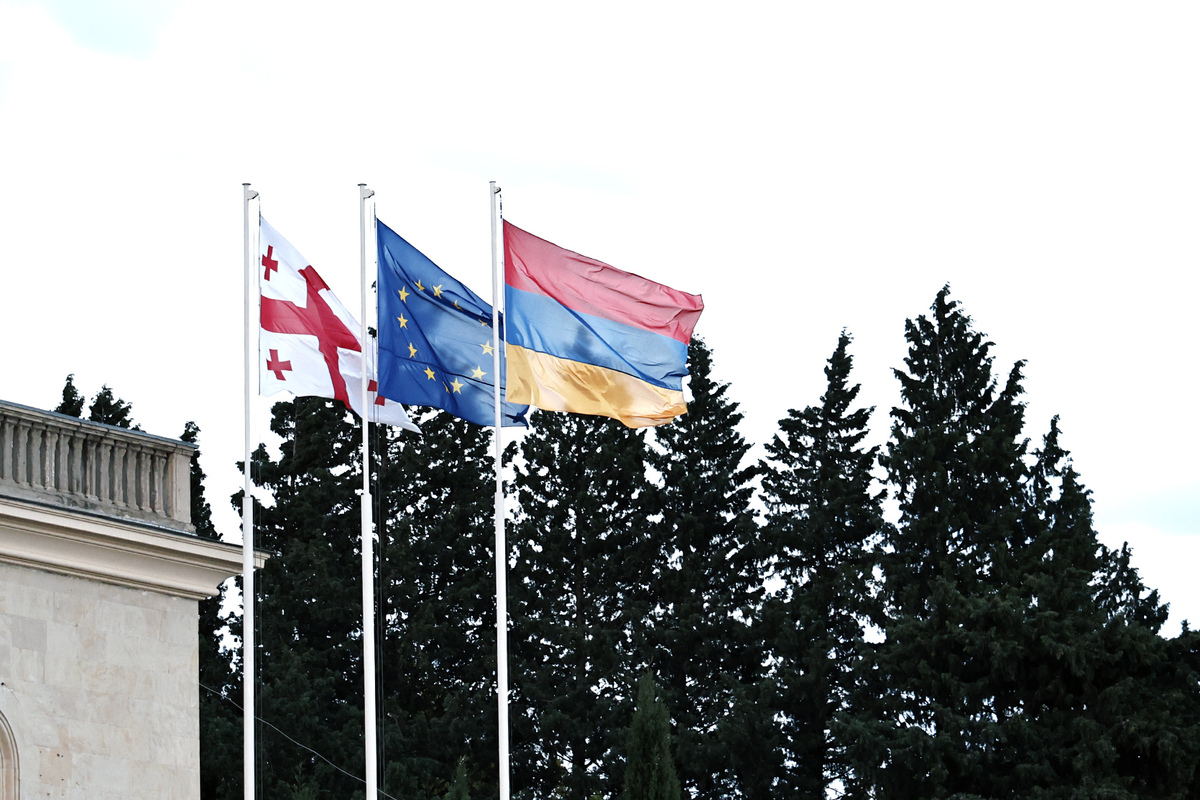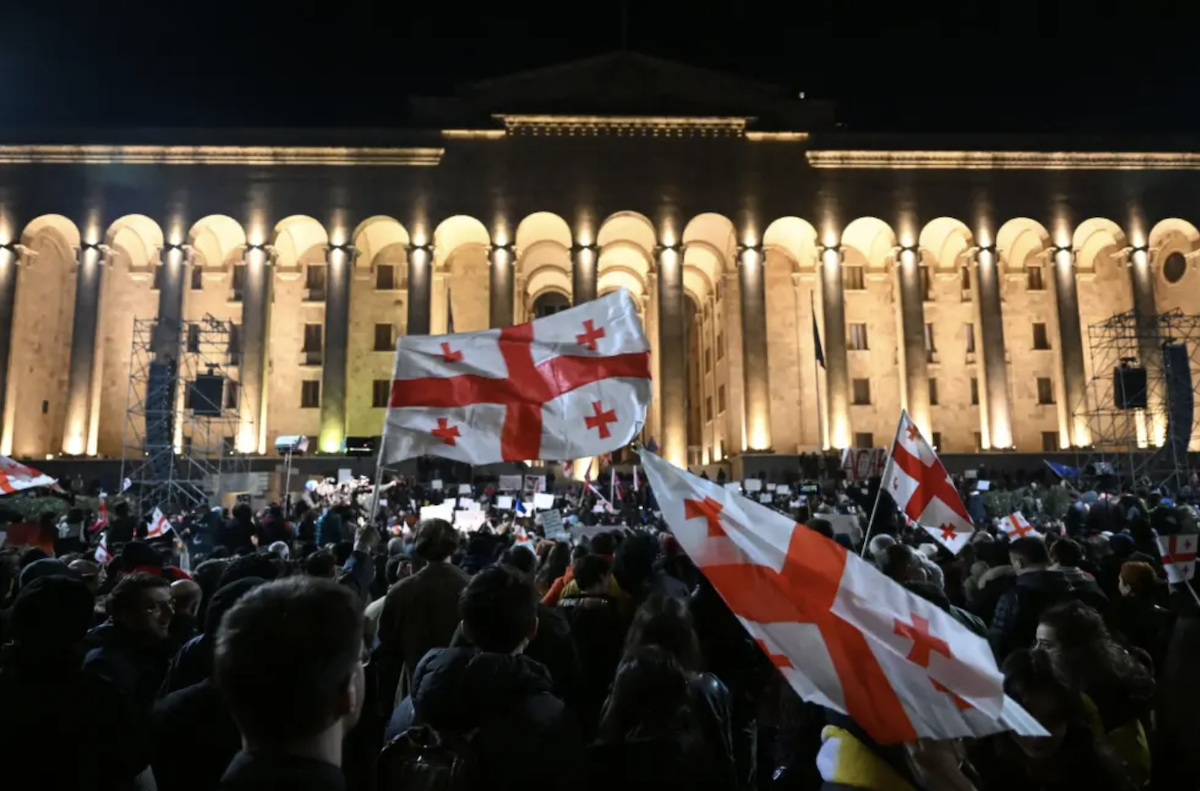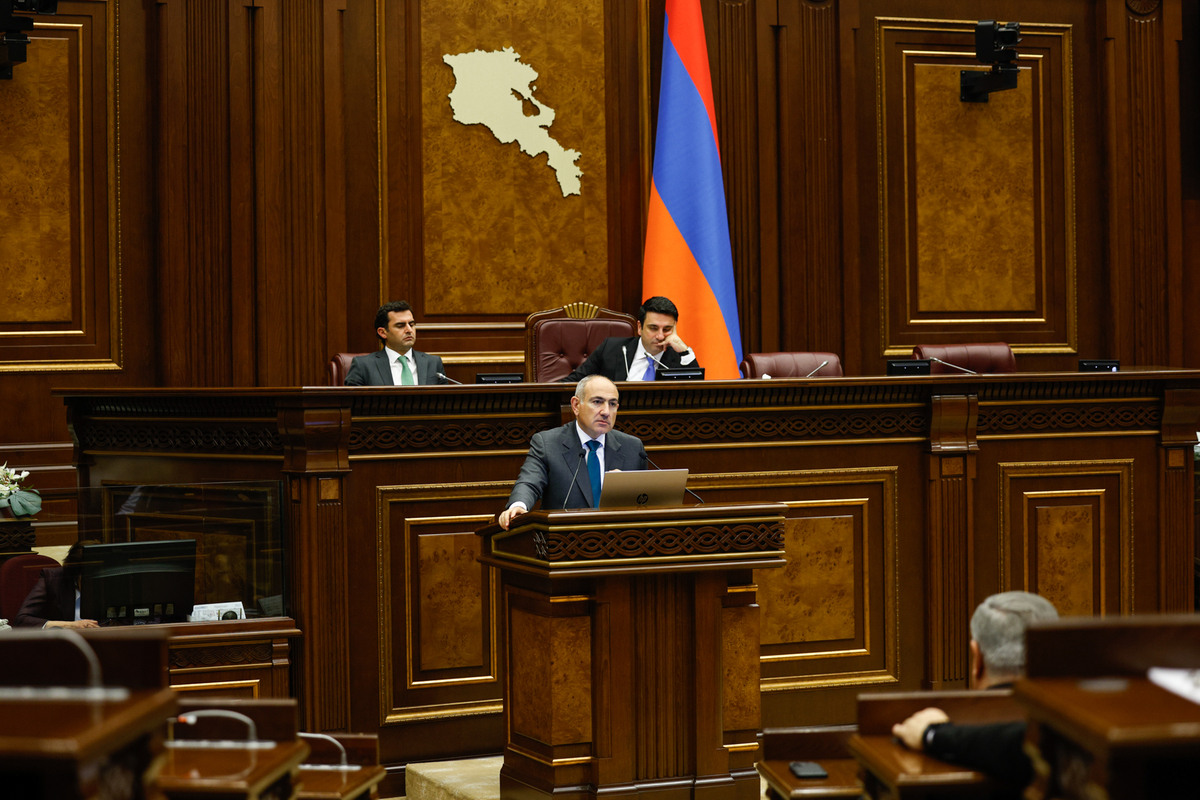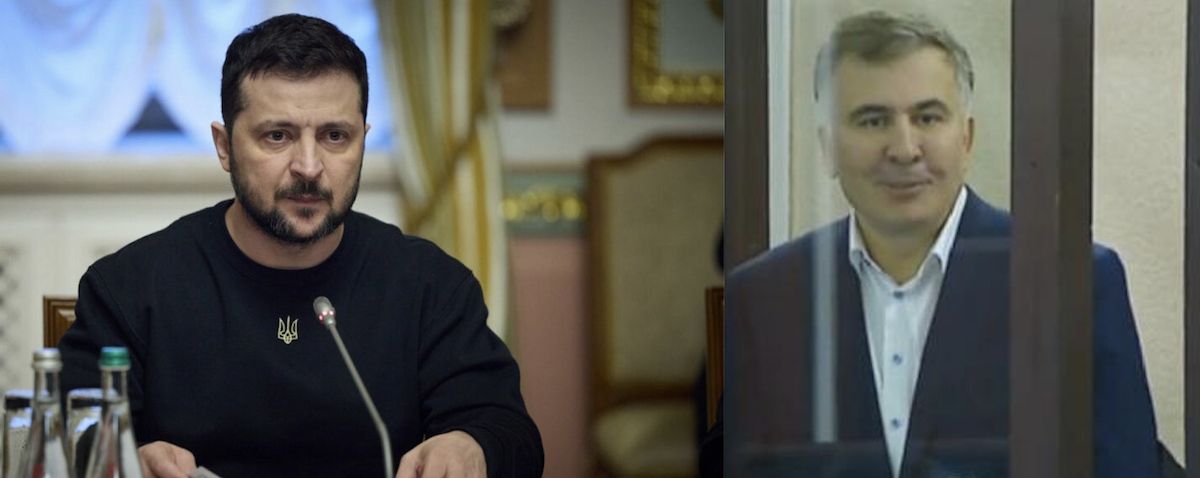Natural disasters in Baku
Snow fell in Baku, immediately leading to the gas supply and Internet cutoff. Although it’s absolutely unclear, what Internet has to do with all that, but there is no escaping the fact that the Internet problems occur when it starts snows.
Anyway, snow in Baku isn’t a common phenomenon, whereas rain is more frequent and far more dangerous.
Rain in Baku is associated with landslides, power supply and communication cutoffs, road accidents. Every year, the public utilities services assure, the city is ready for the autumn/winter season, but the situation remains the same.
Complaints on social media, ironic or denouncing articles in print media, are as common as the ankle-high puddles. Gajibula Abutalybov, Baku’s chief executive, is a person, who’s most often blamed in such cases.
We’ve tried to figure out, who is actually responsible for ‘rain troubles’ and what should be done to avoid them.
Roads
“Do you know, when I left the office? At 6 p.m. And I got home only in the beginning of 10 p.m.
Riyad works in the city center and lives in the outskirts. He spent the greater part of the rainy evening in a traffic jam at Neftyanniki Avenue. ‘I was stuck here’, he pointed to the photo that was quickly spread on social media: a view of the night avenue, congested with cars so that the ground was hardly visible. It must be said that the ground wasn’t actually visible, because it was underneath the water.
Those, who had to make their way through the tunnel, suffered most. The newly built tunnels in the aforementioned Darnagyul, the city’s industrial district, were literally flooded. And the reason for the aforesaid is a lack of drains and runoff water system drainage; rainwater is accumulated into deep puddles. And the worst thing in this case is a likelihood of getting stuck in the middle of the road with a damp engine. Therefore, the drivers are riding at ‘a snail’s pace’, hence the road congestions.
Traffic lights stop operating in rainy weather: rain water penetrates into cables.
That’s how Shafa Mehmangyzy, the Head of PR Department at the Intelligent Transport Management Center, commented on the situation:
“Part of traffic lights in the city are under our jurisdiction, whereas another part – under the Interior Ministry’s jurisdiction. Traffic lights turn off when water penetrates into cables or there is electric power cutoff in certain districts of the city. She added that the department had already sent its personnel to fix the problem.
‘Signal’, a specialized design&production institution, is responsible for traffic lights operation on part of the Interior Ministry. According to the executive secretary of one of its departments, they don’t have a separate public relations department and they don’t give any comments.
Vagif Asadov, Col., Chief of Baku City State Traffic Police Office (BCSTPO), has recommended to refrain from using cars in rainy days and travel by public transport. But just try to explain it to the parents, who take their children to school to the other end of the city.
Telman Zeynalov, the head of the National Center of Environmental Forecasting, has explained the road flooding as follows: “The matter is that 90% of communications on the Apsheron are old, dating back to the Soviet times. They fail oftentimes. In addition, we have 200 unplanned lakes, including 7 of them of genuine, natural origin, and the rest – artificial, created in the process of oil extraction. They raise the groundwater level. If you dig the ground just 20 cm deep, the water will already appear.
Besides, the migrants from rural areas have illegally constructed the buildings without any sewage system. And these lands were drained for future planting. Hence the water in the basements; underground waters penetrate there.
Zemfira Budagova, President of the Independent Architects’ Union, says: “When a child, we used to run the street under the rain. And we weren’t afraid of being taken ill or getting wet our feet. There were always storm water drain grates on both sides of the road. This water was drained off right into the sea through a special system, different from a sewage one. If there was a fire, the water used for extinguishing, also drained off there.
Later, in the 90s, this drainage system was eliminated and merged into a general sewage system, where household wastes drain off. Due to combination of the sewage systems and drainage system, during the rains the sewage water spilled right onto the streets. In order to remove the smell, the drain grates were embed.
Therefore, when it rains now, the storm water can’t find a place to drain into. So, it’s necessary either to restore the old sewage system or to build a new one. In addition, each sewer pipe has its own flow capacity.
Zemfira khanum also points to the groundwater level rise. In her words, there shouldn’t be any high-rise buildings on the Caspian seacoast at all. “Mainly the basements in old houses are filled with ground water. The new ones have the poured concrete foundation. It is surrounded by waters and it cracks and sinks over the time.
‘Azersu’ OJSC [the enterprise responsible for water supply], that we turned to with an inquiry about sewage system, refused to answer the question. However, as Anar Jebrailly, the Head of PR Department at ‘Azersu’ OJSC, stated during the interview, the storm water sewage system covers 16-17% of roads. However, its availability hardly changes anything: ‘The sewage system was built in the 70s of the last century and was adapted to the needs of that time. Whereas the population in the city has considerably increased since that time and the system can no longer handle the load’.
According to Jebrailly, storm water, as well as all waste water, run into one sewage system and treatment facilities. As he said, for the future, the ‘Azersu’ had elaborated a system rebuilding plan, under which, the storm water will not undergo treatment and will be directly discharged into the lakes or the Caspian.
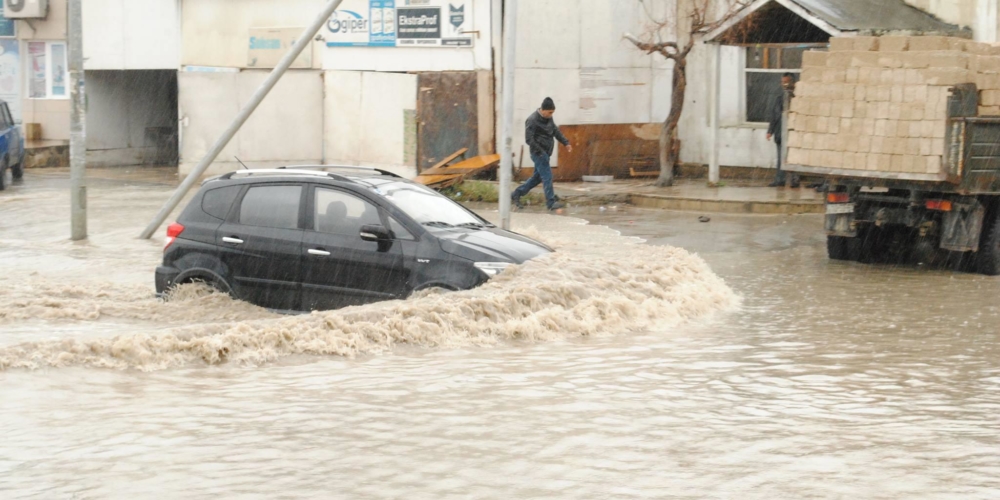
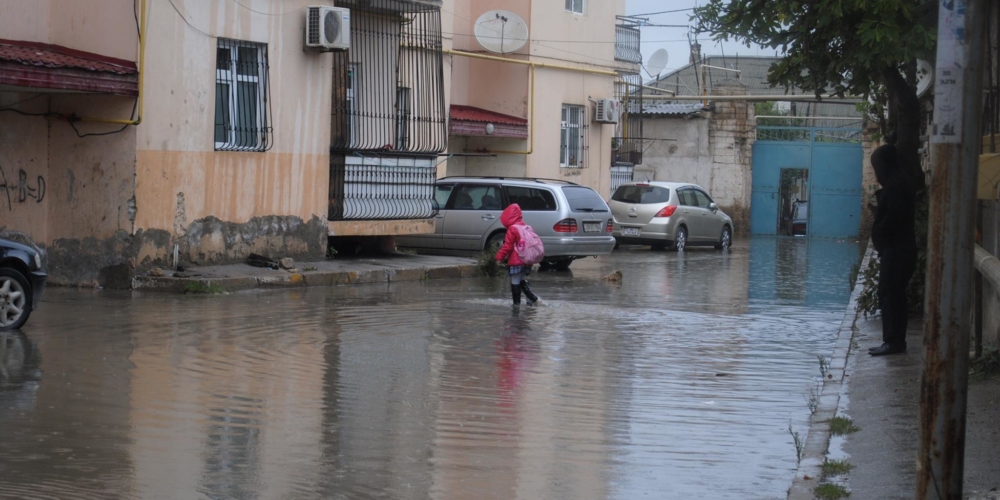
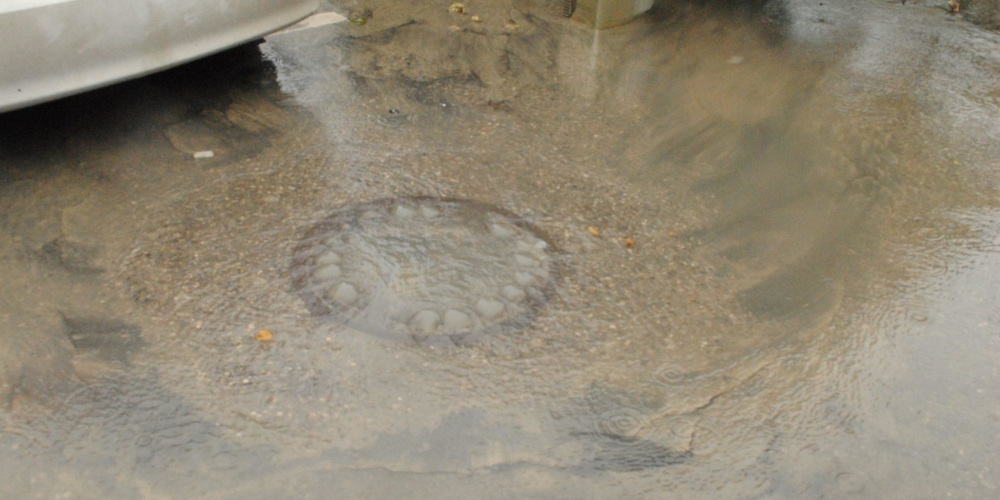
Landslides
Baku-based school #48 is located on the hillslope, therefore the ground here is sort of ‘multi-level’ – there is a wall hanging over the school building, which is raising up to the next terrace. That’s exactly the wall that collapsed on the school sports playground.
There are often landslides after the rain in Baku. For example, in Bailova, where a slope is so stiff that despite the geological terms the citizens still call it ‘a mountain’.
“There should be alert structures, all necessary measures will be taken, don’t worry, children will not be affected by the current and potential collapse, an employee of Ministry’s hotline call center reported cheerfully.
As the Emergency Situations Ministry explained, the Education Ministry and the executive government are responsible for this incident. Having arrived on the incident scene, we found the executive government’s two trucks and the school principal, who was leaving the area (as we were told, he was going to the Education Ministry for reporting). But we chanced to meet with the executive government officials, who refused to make official comments.
However, more than week passed, but the situation on the school playground hasn’t changed much. An asphalt pavement on the sports playground is still snarled with the deep cracks. The slope hasn’t been repaired yet.
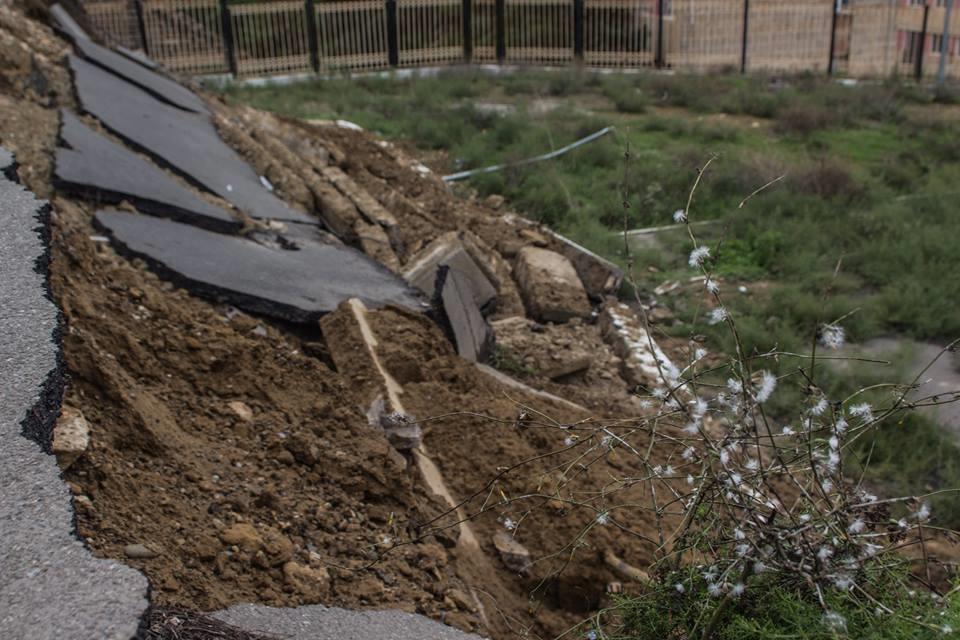
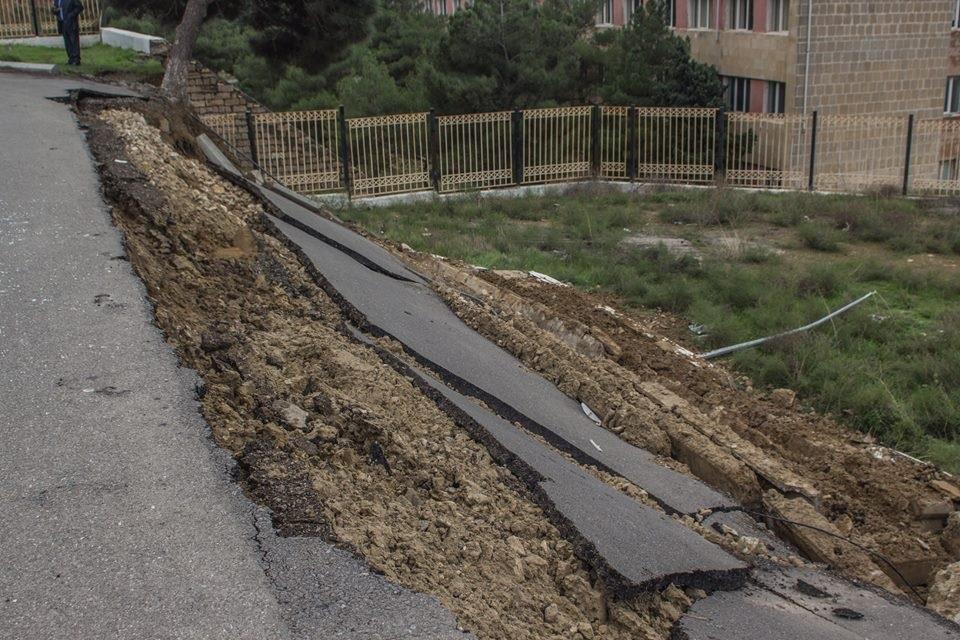
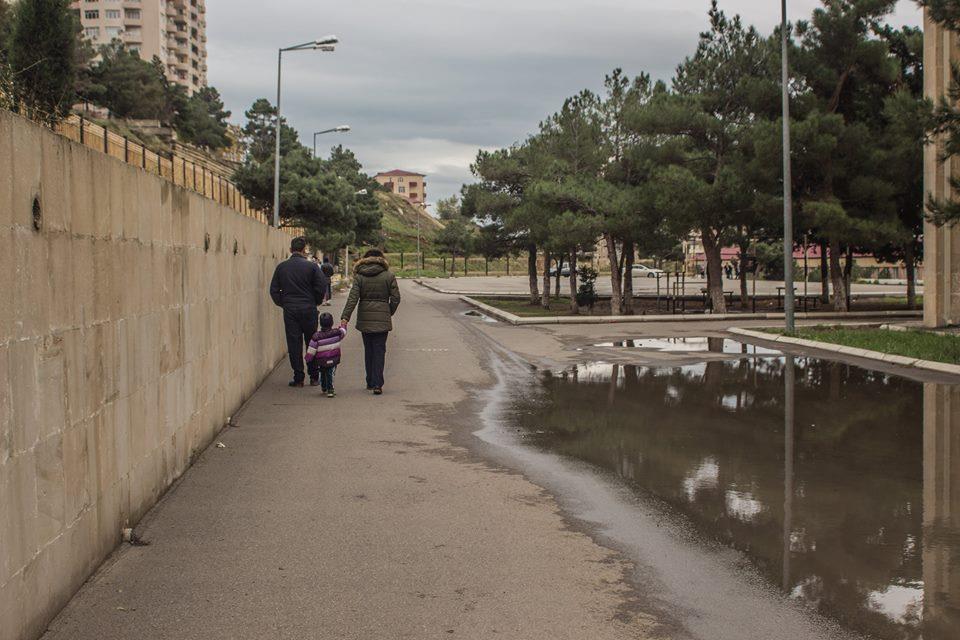
Power outages
Natella was freezing at school all the rainy day long. Power supply was cut off. Although she studies in an elite educational complex, the rain penetrated through the plastic window frames and flooded the cables. “On the plus side, we wandered around the school, from one classroom to another’ said the students, rejoicing over an unexpected entertainment.
Rain, snow and strong wind are often accompanied by the damage of underground cables, power transmission lines and communication. Vasif Guliyev, a network engineer, has commented as follows: ‘Outdoors cable is different from the cable that runs inside the premises, first of all, by its insulation thickness. Consequently, it’s more expensive. Ordinary cable is often laid, since it’s more cost-effective. However, it crack after two or three winters. Therefore, when network cable is laid, it shall be run in a corrugated protective hose or a closed trunk.’
In the cases, where cable PC/modem connection point is below the cable’s premises entry point, water may penetrate into the cable, resulting in malfunction of the device, which is connected to the cable. Therefore, in order to avoid router or PC’s sudden ‘crash’, cable should always run bottom up. By the way, according to the engineer, telephone cables are most often affected by damping; noise, interference and low level of communication are the evidence of the aforesaid.
Conclusions
Summarizing the aforesaid, me may conclude as follows:
‘Rain calamity’ has two reasons:
First of all, increase in city population, which has required radical changes in drainage and stream water systems
Secondly, not only has the government failed to make changes, but it also hasn’t updates the available soviet-time system.
An intricate system of distributed powers and collective responsibility is what makes things worse. In other words, it’s not always clear, who is responsible for what and who is supposed to save Baku residents from natural disasters.










